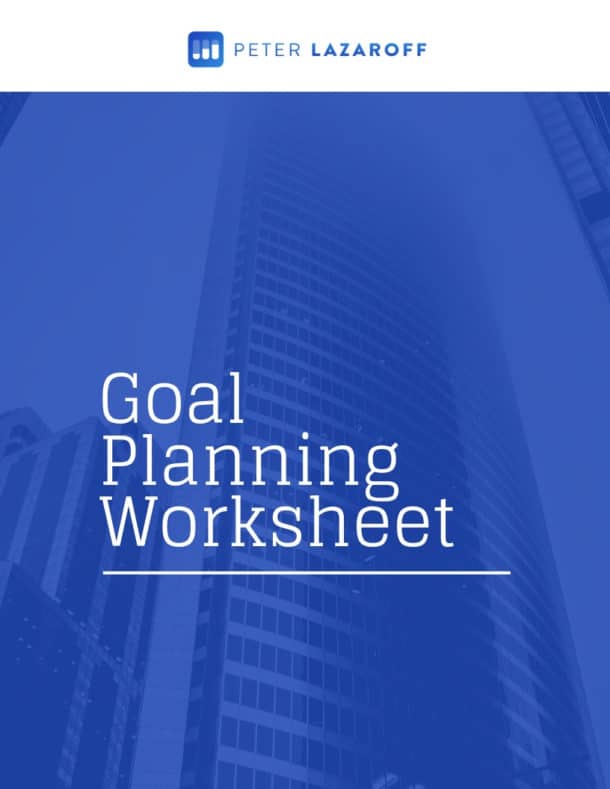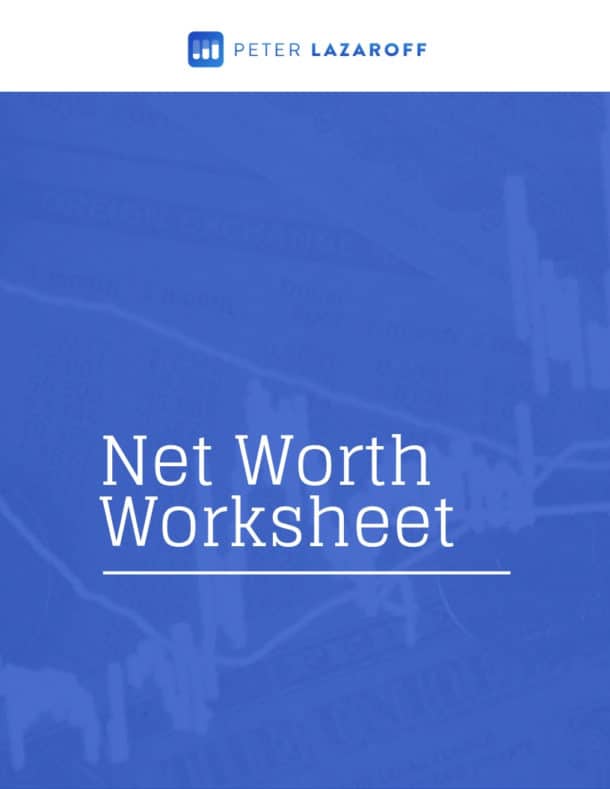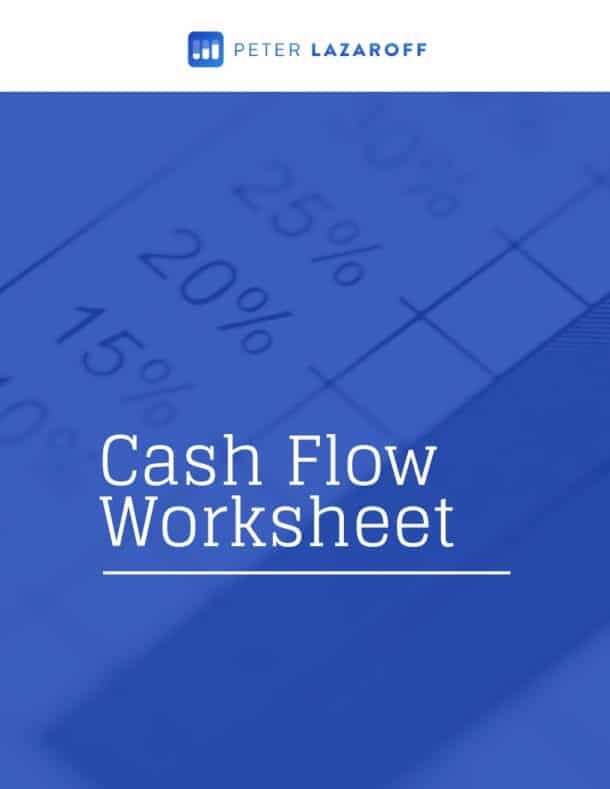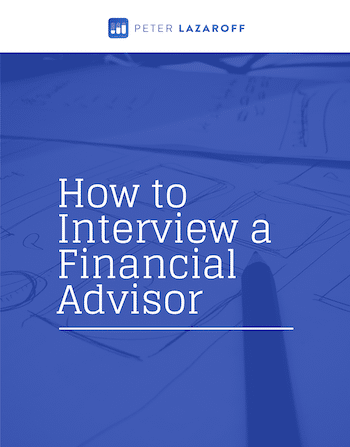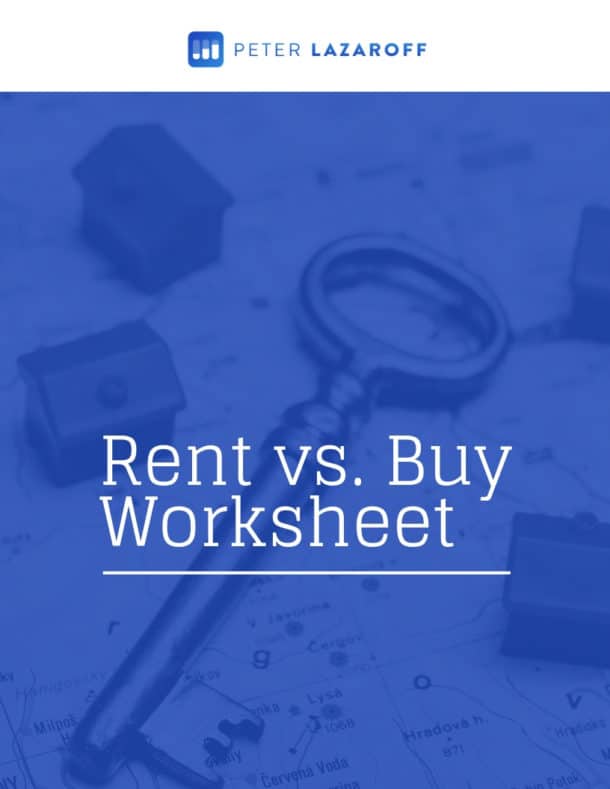Listen Now
Today we’re talking about something that always comes up when markets fall—should you buy the dip?
Now, if you’ve been checking your portfolio recently and it’s down a bit, don’t panic. This is a normal part of investing. Market declines happen far more often than people realize. In fact, on average, the stock market experiences a 10% correction about once every year or so, a 20% bear market about every five years, and a 30% drawdown or greater about once a decade.
So, downturns? Totally normal.
But if you’re someone who sees a decline and thinks, “Maybe this is a good time to buy,” you’re not alone. In fact, that instinct can be productive—if you approach it with discipline. Today, we’ll talk about whether you should buy the dip, how to do it wisely, and what mistakes to avoid—whether you’re still building your portfolio or drawing from it in retirement.
Let’s start with why this idea of buying the dip exists in the first place.
Sign up for my newsletter so you can easily reply to my emails with your thoughts or questions for the podcast:
Downturns Can Be an Opportunity
If you’re viewing a market decline as a buying opportunity, you’re already ahead of the game behaviorally. Most people react to downturns with fear. But seasoned investors understand that volatility is a feature of the market—not a bug.
When prices fall, expected returns rise. It’s one of the simplest yet most overlooked dynamics in investing. But the opportunity in a downturn isn’t just theoretical—it’s backed by real-world results.
Let’s take a step back and look at what typically happens after major market declines. Historically, when the S&P 500 has dropped 10%, the average 1-year return from that point forward is 11.7%. After a 20% drop, the average 1-year return climbs to around 22%. And over 3- and 5-year periods, returns tend to be strong as well.
But here’s what most people miss: you don’t need perfect timing to benefit from a downturn.
Market recoveries often begin when things still feel terrible. The economy is still weak, headlines are still scary, and many investors are still sitting on the sidelines. But that’s exactly when markets begin to turn.
This is the hard part. When the future looks uncertain, it rarely feels like a good time to invest. But that disconnect is where opportunity lives. The biggest rebounds often come before the coast is clear.
And while no one rings a bell at the bottom, the evidence shows that just being present during a downturn—rather than trying to time the exact low—can be enough to dramatically improve long-term results.
Understanding Expected Returns After a Market Decline
Your answer to that question has enormous implications—not just for how you feel about buying the dip, but also for what kind of returns you should expect.
Nick Maggiulli, author of the blog Of Dollars and Data, shared a simple but powerful equation that reframes this idea. He wrote about it during the COVID crash in 2020, but it applies to any drawdown. Here’s how it works:
If the market is down 33%, it needs to rise about 50% to get back to its previous high. So based on how long you think that recovery will take, you can back into an expected annual return using this formula:
Expected Annual Return = (1.5)^(1/Number of Years to Recover) – 1
So, let’s say you think it will take:
- 1 year → expected return is 50%
- 2 years → 22%
- 3 years → 14%
- 4 years → 11%
- 5 years → 8%
Even a five-year recovery—hardly a blazing comeback—would offer returns in line with the stock market’s long-term average.
That’s the beauty of this framing: it helps shift your thinking from “how bad does this feel right now?” to “how long am I willing to wait for a strong return?”
It also highlights why downturns offer unusually high return potential. When markets fall, the math starts working in your favor. A recovery doesn’t have to be fast to be lucrative—it just has to happen within a reasonable time frame, which history shows it usually does.
So if you’ve been sitting on cash, unsure whether to invest during a downturn, this equation gives you a grounded way to evaluate the opportunity. It replaces fear and guesswork with simple, intuitive math—and for long-term investors, that’s a much better framework to act on.
How to Buy the Dip – Accumulation Phase
If you’re still working and building wealth, a market decline can be a great time to accelerate your investing—but only if you have the means and the plan to do so.
Here are some practical ways to buy the dip if you’re still accumulating:
1. Invest Idle Cash
If you have cash sitting in a checking or savings account that you don’t need in the short term, a market dip could be a good time to put some of it to work. But be careful—this shouldn’t come at the expense of your emergency fund or short-term goals.
2. Accelerate Contributions
You might be putting money into a 401(k) or IRA regularly. Consider front-loading those contributions if you can afford to. For example, instead of spreading out your 401(k) contributions evenly across the year, you could increase them temporarily to take advantage of lower prices.
3. Use Part of Your Emergency Fund
This one comes with a big asterisk. If you’ve got a robust 6-month emergency fund and feel comfortable dialing it down to 4 or 5 months to free up some cash for long-term investing, that might make sense. But only if your job is secure and you have a high tolerance for risk.
4. Redirect Windfalls
Bonuses, tax refunds, or unexpected income? Rather than spending it or letting it sit idle, consider investing it during a downturn. It’s a great way to dollar-cost average into the market.
5. Roth Conversions
If you’ve been thinking about converting a traditional IRA to a Roth IRA, a market decline can make this move more appealing. You’ll pay taxes on a lower balance, and any future rebound happens inside the Roth—completely tax-free.
The common thread across all these strategies is simple: don’t invest money you’ll need soon, and make sure you’re staying consistent with your overall financial plan.
How to Buy the Dip – Decumulation Phase
Now, let’s talk about those of you in the retirement or decumulation phase. You may not be contributing to accounts anymore, but that doesn’t mean you can’t take advantage of market dips.
Here’s how:
1. Use Cash Reserves to Avoid Selling
If you follow a bucket strategy—and I recommend retirees keep 1 to 2 years of spending needs in cash from the day they retire through their first bear market—you’ve already built a buffer. That cash gives you the freedom to avoid selling investments at depressed prices, which helps your portfolio recover faster.
2. Use Excess Cash to Buy the Dip
If you’ve built up more cash than necessary, consider putting a portion to work. Rebalancing your portfolio during a downturn by moving money into equities can help maintain your target allocation—and potentially benefit from a rebound.
3. Adjust Your Allocation
If you can tolerate more risk and don’t need to withdraw for a while, you might consider adjusting your stock-to-bond mix. For example, moving from a 60/40 to a 70/30 or even 80/20 allocation. But this isn’t a casual decision—it should be grounded in your long-term plan, not a knee-jerk reaction to market movements.
4. Rebalancing as a Strategy
If your portfolio has drifted significantly—say, stocks are down and bonds are up—rebalancing gives you a natural way to “buy the dip.” It’s disciplined, unemotional, and often very effective.
In retirement, the key is to buy the dip only if it enhances your ability to meet long-term goals. And remember, you already have one of the most powerful tools: a cash cushion to keep you from selling in a downturn.
Mistakes to Avoid When Buying the Dip
Okay, so buying the dip can be a smart move—but not if you fall into these common traps:
1. Trying to Time the Bottom
Nobody rings a bell at the bottom of the market. If you wait for the perfect moment, you’ll likely miss it. Focus on process, not precision.
2. Overcommitting
Don’t put so much cash into the market that you’re left financially exposed. Whether it’s your emergency fund or upcoming expenses, always keep your safety net intact.
3. Reacting Emotionally
Buying the dip should be a strategic decision, not an emotional reaction. If fear or FOMO is driving your choices, take a step back and revisit your plan.
4. Ignoring Asset Allocation
Don’t let dip buying throw off your target mix. A good deal on stocks isn’t helpful if it leaves your portfolio out of balance or outside your risk tolerance.
5. Lack of a Plan
If you don’t have a framework for when and how to invest during downturns, you’re just guessing. Pre-committing to a process—like rebalancing thresholds or scheduled investments—makes execution easier and more effective.
Final Thoughts
So… should you buy the dip?
Maybe. If you have the right plan, the right resources, and the right mindset, buying the dip can absolutely work in your favor. But don’t confuse action with progress. The key isn’t doing something flashy—it’s doing something smart.
For those in the accumulation phase, think about ways to invest more consistently and intentionally. For those in retirement, remember that your cash cushion and rebalancing strategy already put you in a strong position to weather volatility.
Above all else, stay disciplined, stay diversified, and stay invested.
Resources:
- Of Dollars and Data by Nick Maggiulli
- Download my Cash Flow worksheet
The Long Term Investor audio is edited by the team at The Podcast Consultant
Submit Your Question For the Podcast
Do you have a financial or investing question you want answered? Submit your question through the “Ask Me Anything” form at the bottom of my podcast page.
Support the Show
Thank you for being a listener to The Long Term Investor Podcast. If you’d like to help spread the word and help other listeners find the show, please click here to leave a review.
I read every single one and appreciate you taking the time to let me know what you think.
Free Financial Assessment
Do you want to make smart decisions with your money? Discover your biggest opportunities in just a few questions with my Financial Wellness Assessment.

Disclosure: This content, which contains security-related opinions and/or information, is provided for informational purposes only and should not be relied upon in any manner as professional advice, or an endorsement of any practices, products or services. There can be no guarantees or assurances that the views expressed here will be applicable for any particular facts or circumstances, and should not be relied upon in any manner. You should consult your own advisers as to legal, business, tax, and other related matters concerning any investment.
The commentary in this “post” (including any related blog, podcasts, videos, and social media) reflects the personal opinions, viewpoints, and analyses of the Plancorp LLC employees providing such comments, and should not be regarded the views of Plancorp LLC. or its respective affiliates or as a description of advisory services provided by Plancorp LLC or performance returns of any Plancorp LLC client.
References to any securities or digital assets, or performance data, are for illustrative purposes only and do not constitute an investment recommendation or offer to provide investment advisory services. Charts and graphs provided within are for informational purposes solely and should not be relied upon when making any investment decision. Past performance is not indicative of future results. The content speaks only as of the date indicated. Any projections, estimates, forecasts, targets, prospects, and/or opinions expressed in these materials are subject to change without notice and may differ or be contrary to opinions expressed by others.
Please see disclosures here.









